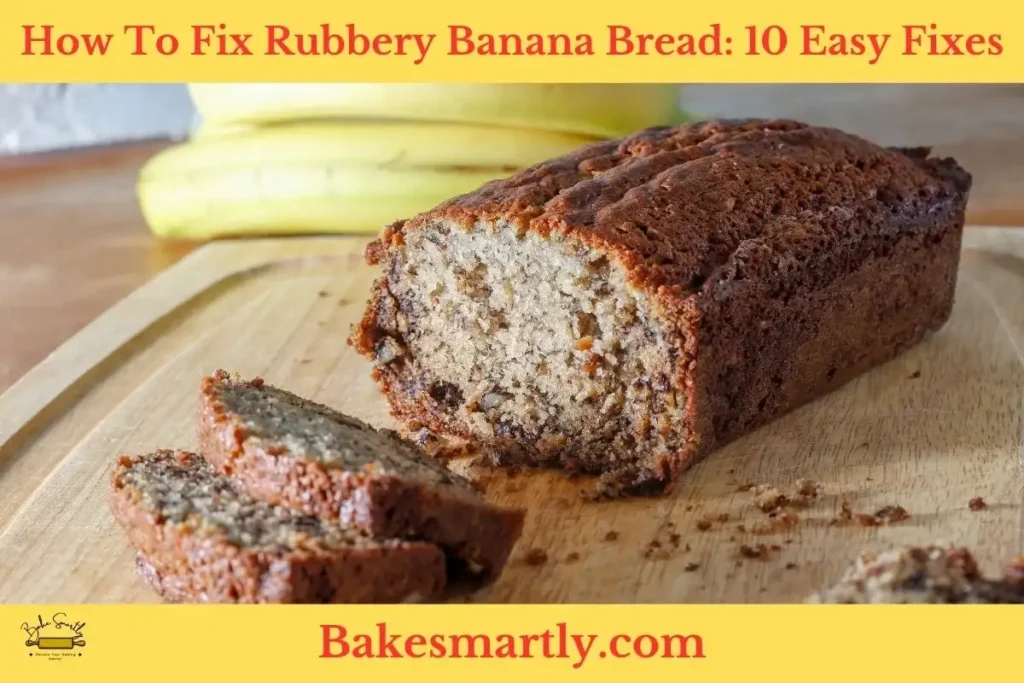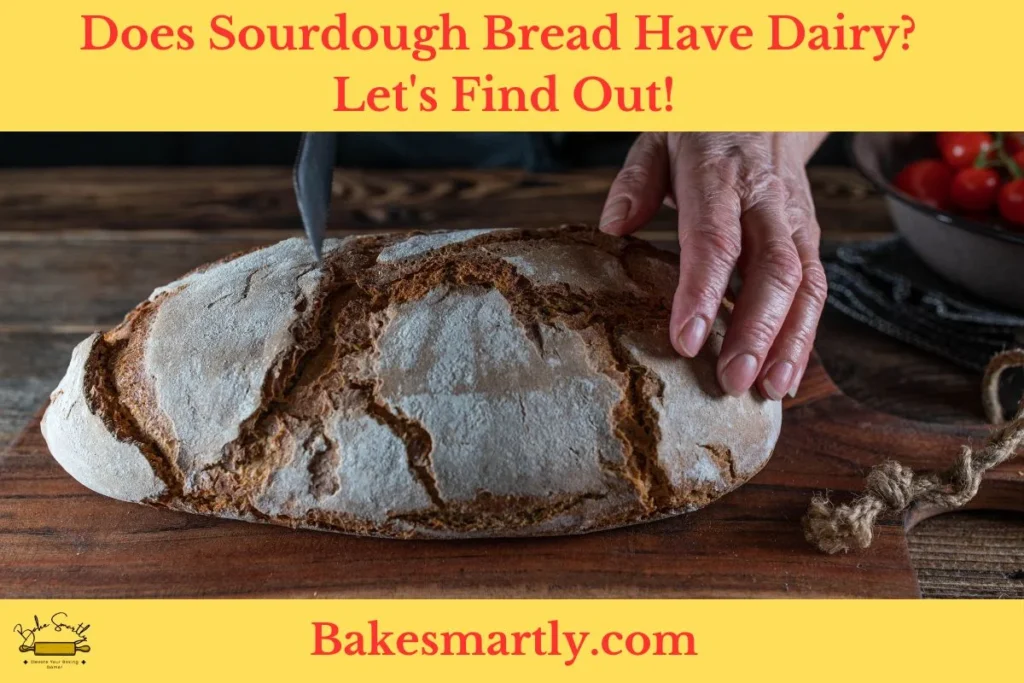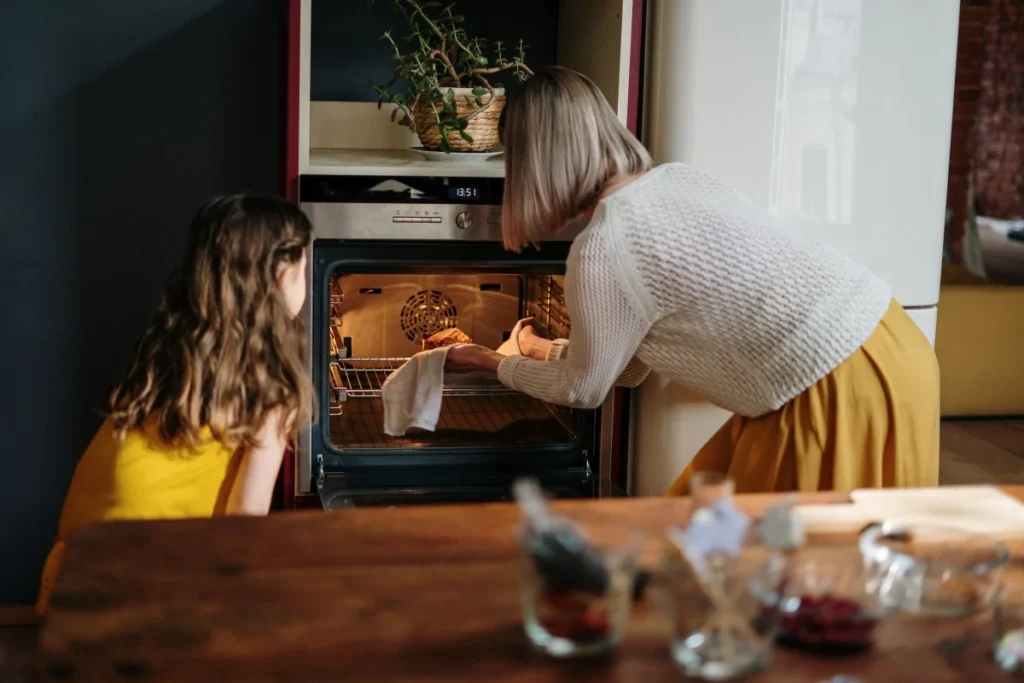
5 Foolproof Techniques for Ensuring Your Bread Never Sticks to the Pan
Are you tired of spending hours in the kitchen, only to have your homemade bread stick stubbornly to the pan? Fret not, because we have the ultimate solution to your baking woes!
In this guide, we will reveal five foolproof techniques that will ensure your bread never sticks to the pan again.
From choosing the right type of pan to prepping it properly, we’ll walk you through each step to guarantee baking bliss. Say goodbye to the frustration of ruined loaves and hello to perfect, golden-brown bread every time.
Whether you’re a seasoned baker or a novice in the kitchen, these tried and tested methods will revolutionize your bread-making experience.
Get ready to impress your family and friends with your newfound baking skills and enjoy the delightful aroma of fresh bread without the hassle of sticky pans. So, grab your apron and let’s dive into the world of baking bliss!
Table of Contents
ToggleThe Common Problem of Bread Sticking to the Pan
Bread sticking to the pan is a common problem that many home bakers face. There’s nothing more disheartening than spending time and effort on making a beautiful loaf of bread, only to have it ruined when you try to remove it from the pan.
This issue can be frustrating and discouraging, but fear not, as we have the solution you’ve been looking for. By following these foolproof techniques, you’ll never have to deal with sticky bread again.
Importance of Choosing the Right Bread Pan
Choosing the right bread pan is crucial when it comes to preventing your bread from sticking. There are various types of pans available, including metal, glass, and silicone. Each type has its pros and cons, but when it comes to preventing sticking, some pans perform better than others.
Metal pans, especially those made of heavy-gauge aluminum or stainless steel, are known for their excellent heat conduction. This ensures even baking and helps prevent sticking.
Glass pans, on the other hand, tend to heat up more slowly but have the advantage of allowing you to see the browning of the crust. Silicone pans have gained popularity in recent years due to their non-stick properties, making them a great choice for preventing bread from sticking.
When selecting a bread pan, make sure to choose one that is the right size for your recipe. Using a pan that is too big or too small can affect the baking process and result in sticking.
Additionally, opt for pans with straight sides and sharp corners, as these features make it easier to remove the bread without it getting stuck in the corners.
5 Techniques for Ensuring Your Bread Never Sticks to the Pan
These five techniques will ensure that your bread never sticks to the pan.
1. Grease the Pan Properly
One of the simplest yet effective techniques to prevent bread from sticking to the pan is to grease it properly. Start by choosing the right fat for greasing, such as butter, shortening, or cooking spray.
Apply a generous amount of the chosen fat to the entire interior surface of the pan, including the corners and sides. Ensure that every nook and cranny is well coated to create a barrier between the dough and the pan. This will make it easier for your bread to release effortlessly once baked.
2. Use Parchment Paper
If you’re looking for an alternative to greasing, parchment paper is your best friend. Line the bottom of the pan with a sheet of parchment paper, allowing it to extend slightly over the sides. This creates a non-stick surface for your bread, preventing any sticking issues.
Additionally, parchment paper makes it easier to lift the bread out of the pan once it’s done baking. Say goodbye to stubbornly stuck loaves!
3. Dust the Pan with Flour
Another useful technique to ensure your bread slides out of the pan effortlessly is to dust it with flour. After greasing the pan, sprinkle a small amount of flour evenly over the greased surface.
Gently tap and rotate the pan to coat it entirely with a thin layer of flour. This acts as an additional barrier between the dough and the pan, minimizing the chances of sticking. Remember to tap out any excess flour before adding your bread dough.
4. Opt for Silicone Baking Pans
Silicone baking pans have gained popularity among bakers for their non-stick properties. They are made from a flexible material that releases the bread easily without the need for greasing or flouring.
Silicone pans are also great for heat distribution, resulting in evenly baked bread. Investing in a high-quality silicone baking pan will not only save you from sticky situations but also enhance your overall baking experience.
5. Allow Proper Cooling and Resting Time
Patience is a virtue when it comes to baking bread that effortlessly slides out of the pan. After removing the bread from the oven, resist the temptation to remove it immediately.
Let the bread cool in the pan for a few minutes to allow the structure to set. This makes it less likely to collapse or break apart when removing it from the pan. Once cooled, gently run a butter knife around the edges to loosen the bread before inverting it onto a wire rack for complete cooling.

Properly Cooling and Removing the Bread from the Pan
Once your bread is baked to perfection, it’s crucial to let it cool properly before removing it from the pan. This step is often overlooked but is essential for preventing any sticking. Follow these guidelines for a seamless bread removal process.
- Place the pan on a wire rack and let the bread cool for at least 10-15 minutes. This allows the bread to firm up slightly and makes it less likely to break or stick when you remove it from the pan.
- After the initial cooling period, gently shake the pan to loosen the bread. If the bread doesn’t release easily, use a thin, flexible spatula or butter knife to loosen the edges.
- Once the bread is loosened, carefully invert the pan and gently tap it on the countertop to release the bread. If needed, give the pan a few gentle shakes to help the bread slide out.
- Place the bread back on the wire rack and let it cool completely before slicing. This ensures that the bread retains its shape and texture, and it also allows any residual moisture to evaporate.
By following these steps, you’ll be able to remove your bread from the pan effortlessly, without any sticking or tearing.
Troubleshooting Tips for When Bread Still Sticks
While the techniques mentioned above are highly effective in preventing bread from sticking, there may still be instances when your bread sticks to the pan. Don’t worry; we have some troubleshooting tips to help you overcome this issue.
- If your bread sticks to the pan despite using parchment paper or non-stick spray, it’s possible that the pan wasn’t properly prepped. Make sure to apply enough spray or line the pan with parchment paper, ensuring full coverage.
- If you’re using a metal pan and the bread still sticks, it could be due to over-baking. When bread is baked for too long, the crust becomes harder and more prone to sticking. Try reducing the baking time slightly and see if it makes a difference.
- If you’re using a glass pan and experiencing sticking issues, it might be because the pan wasn’t greased well enough. Glass pans tend to require more lubrication than metal pans. Ensure that you apply a generous amount of butter or oil to prevent sticking.
- If all else fails, you can try using a different type of pan. Experiment with silicone or ceramic pans, as they often provide better non-stick properties compared to other materials.
Remember, practice makes perfect, and it may take a few tries to find the perfect combination of pan and technique that works for you. Don’t get discouraged if your bread sticks initially; keep experimenting and refining your approach.
Frequently Asked Questions | Ensuring Your Bread Never Sticks to the Pan
Is it necessary to preheat the silicone baking pan before adding the bread dough?
Preheating a silicone baking pan is not necessary. Unlike metal pans, silicone pans don’t require preheating. Simply grease or line the pan, add the bread dough, and place it directly into the preheated oven. This makes silicone pans a convenient choice for quick and efficient baking.
Can I speed up the cooling process by placing the bread in the refrigerator?
It’s not recommended to speed up the cooling process by placing the bread in the refrigerator. Rapid cooling can cause the bread to become dense and lose its moisture, resulting in a less desirable texture. It’s best to allow the bread to cool naturally at room temperature to ensure optimal taste and texture.
Are there any specific precautions to take with silicone baking pans?
While silicone baking pans are generally safe and easy to use, there are a few precautions to keep in mind. Always follow the manufacturer’s instructions regarding maximum temperature limits and proper care. Avoid using sharp utensils or knives in the pan to prevent damage. It’s also recommended to place silicone pans on a sturdy baking sheet for stability and ease of handling.
Can I reuse parchment paper for multiple batches of bread?
Yes, parchment paper can often be reused for multiple batches of bread. As long as it’s not excessively greased or torn, you can carefully remove it from the pan after each use, let it cool, and then reuse it. However, if the parchment paper is heavily soiled or damaged, it’s best to replace it with a fresh sheet.
Can I use olive oil instead of butter to grease the pan?
Yes, olive oil can be a suitable alternative to butter when greasing the pan. It provides a smooth and non-stick surface, preventing your bread from sticking. However, keep in mind that olive oil has a distinct flavor that may subtly affect the taste of your bread.
Conclusion | Enjoy Perfectly Baked Bread Every Time
In conclusion, preventing bread from sticking to the pan is achievable with the right techniques and tools. By selecting the appropriate pan, preparing it properly, and following the steps for cooling and removing the bread, you can ensure that your loaves come out effortlessly, with a beautiful crust and tender crumb.
Remember to troubleshoot any sticking issues and be patient as you perfect your bread-making skills. With these foolproof techniques, you’ll be able to enjoy perfectly baked bread every time, without the frustration of sticky pans.
Lindsey Mackenzie
About me
Hi there! I’m Lindsey Mackenzie, the founder of Bake Smartly. Baking has been my passion since childhood, growing up in my father’s bakery. With Bake Smartly, I’m excited to share my love for all things sweet and savory. Join me on this delicious journey as we whip up scrumptious treats and sprinkle joy into every bite!






